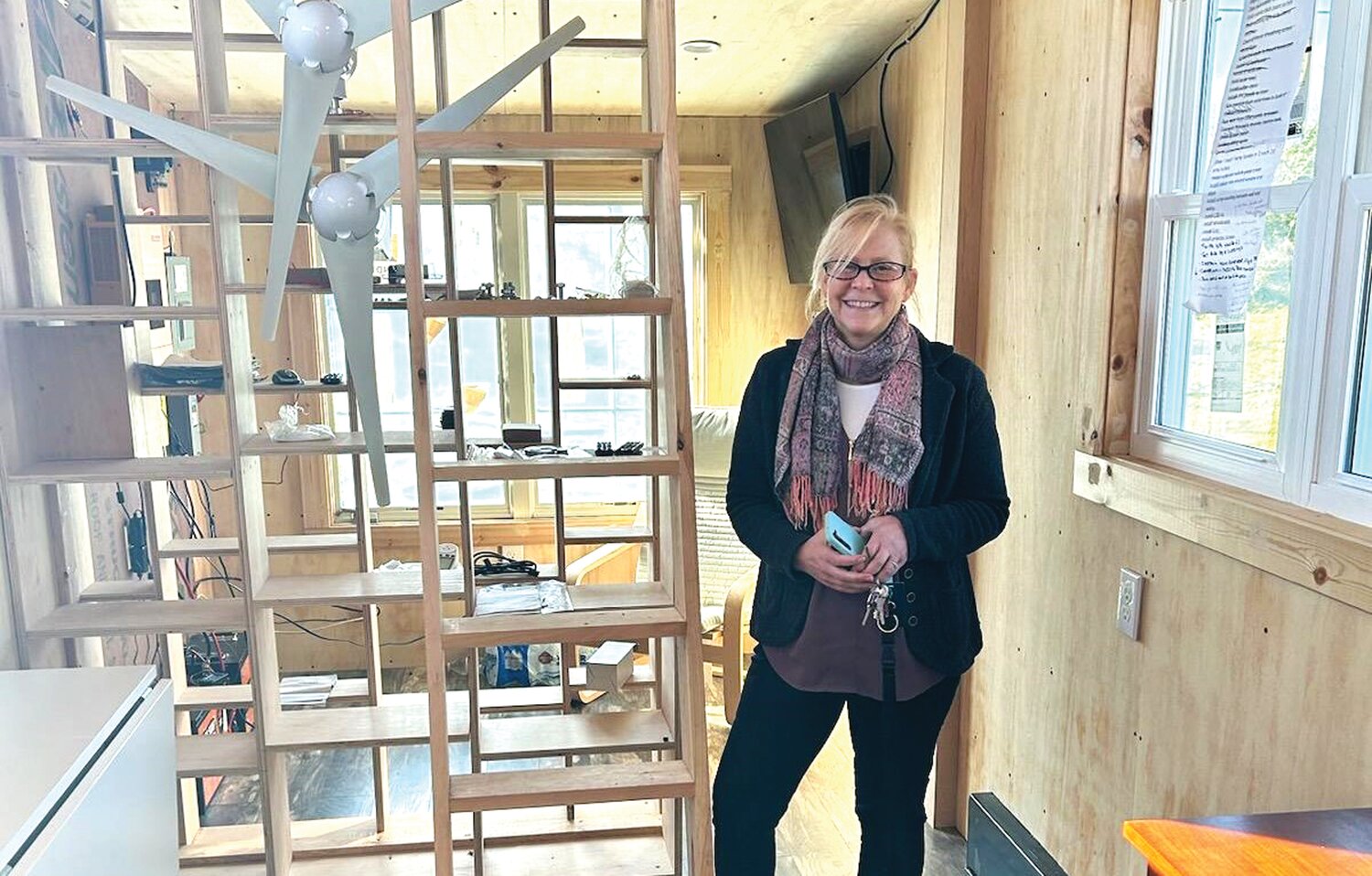
There were 37,529 juvenile offenders held in residential treatment facilities in 2018 according to the Department of Justice. These children must be educated, not only because it’s the law, but moreover because not surprisingly, “Lack of schooling has a negative effect on an adolescent’s future work potential and causes long-term problems such as homelessness, drug and alcohol abuse, and recidivism.”
Lisa Jenkins is director of education at just such a residential treatment facility in Doylestown, supervising 15 Pennsylvania-certified teachers and seeing that the educational needs of 32 13-to-18-year-old boys are met. But it’s never that simple. These are kids who are generally not just offenders but also victims who have been traumatized themselves. They are provided with individual and group therapy with the goal of “returning safely to their families and communities” when they have completed the program.
The challenges of maintaining an education system that will allow students to return to their home schools with no lapse in the credits they will need to graduate are several. Hiring can be tricky. “Individuals who are best suited for teaching at a residential treatment facility,” says Lisa, “are those who are able to adjust quickly to change and adapt.” But the upside at this facility is that instead of teaching 30 with little chance to spend time with one student explaining a challenging concept as in most public schools, here with classes of six students, teachers have ample time to do just that, and it makes for a near-ideal learning environment. “Teachers are given the gift of being able to spend as much time as needed with kids who really need all the attention you can give.”
Lisa could not have predicted the direction her teaching career would take when she was in college majoring in biology and getting her certificate to be a nurses aide. She spent time in a small community public school in Broken Arrow, Okla., teaching a very diverse group of students. She had to drop out in her second year when she became seriously ill. Then pregnant with her first son, she was rerouted again.
“I worked in a nursing home as an aide, waitressed, bartended, and even drove a limousine to support myself and my son.” She got her degree in biology and was working toward a master’s in medical science, but all the while, she says, “My heart was always that of a teacher.”
After years spent teaching in the public school system, she took a job at an adjudicated facility as a science teacher. Ten years later, she became director of education. Lisa is still teaching but now her responsibilities go way beyond that. One of her many “hats” is acting as liaison between the residential facility and the district of a student’s home school.
“I spend time each day making sure each of our students is receiving the type of services that will allow a smooth transition back to their sending district and to ensure students can receive their diplomas from their home school instead of an institution.” She has found that is very important to them. “I listen to students, teachers, therapists and youth counselors and do my best to be a supportive teammate throughout the day.”
Recently students mentored on industry standards finished building a mobile classroom as part of the Innovations Project. Students also participate in greenhouse, hydroponics, and horticulture programs.
When asked what she has learned that she would like to share with other educators, Lisa says, “Bottom line, no matter what is being taught, a teacher makes a difference with every interaction. Many of the students I work with do not see value in themselves, so it is important for a teacher to see value in them first and to tell them about it.”
She admits some days are harder than others. On the hard days, “I visualize my students many years from now and I think, ‘what do I want them to remember about this moment? Will my actions right now contribute to healing or harming?’ I certainly did not think this was my mission 25 years ago, but it turns out it is.”
Are you making a living doing something unique? Has your career taken a sharp turn in the direction of your dreams? Tell us about it in an email to herald@buckscountyherald.com. Put “It’s a Living with Lisa” in the subject line.
Join our readers whose generous donations are making it possible for you to read our news coverage. Help keep local journalism alive and our community strong. Donate today.